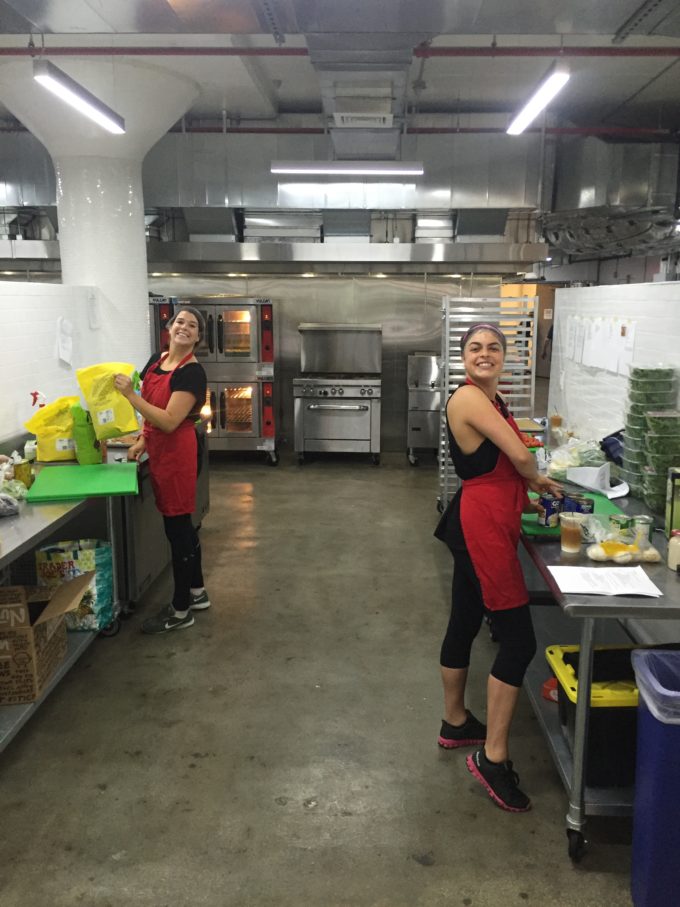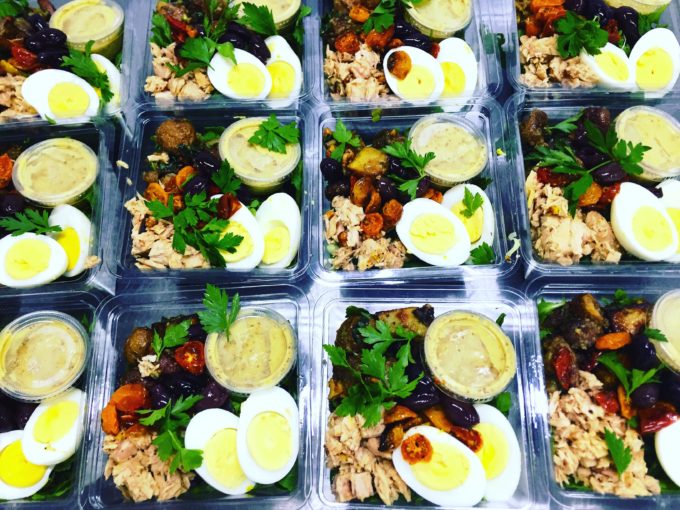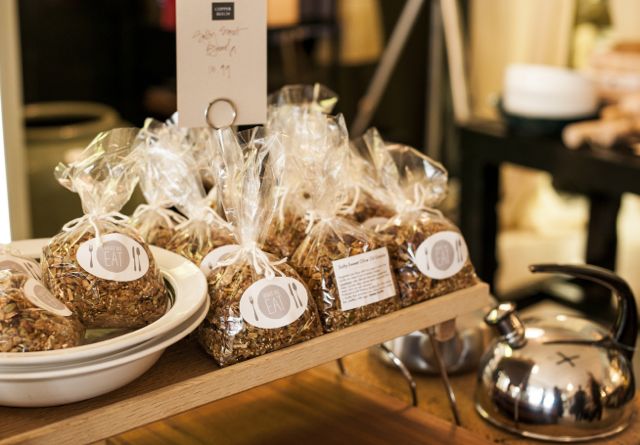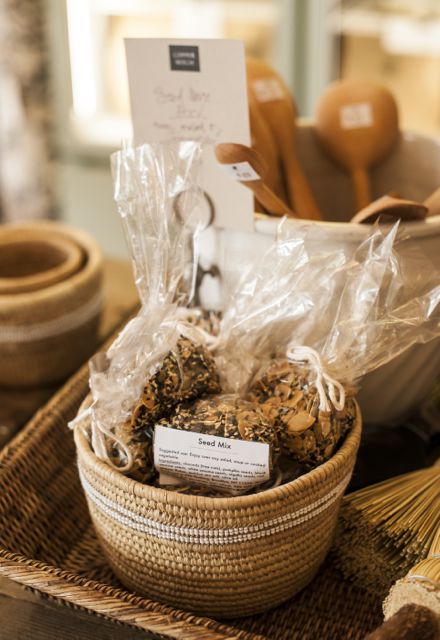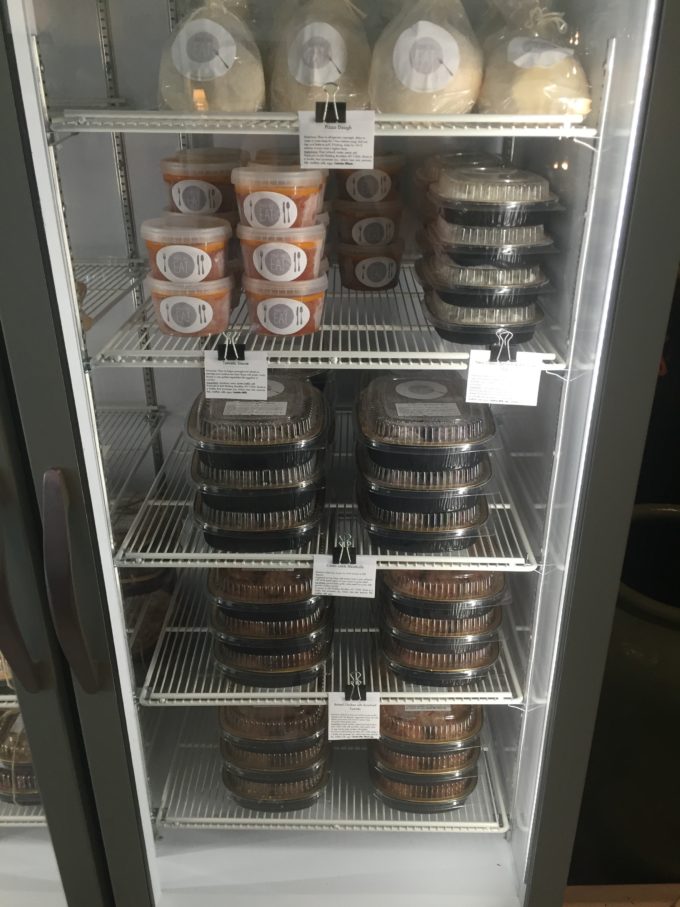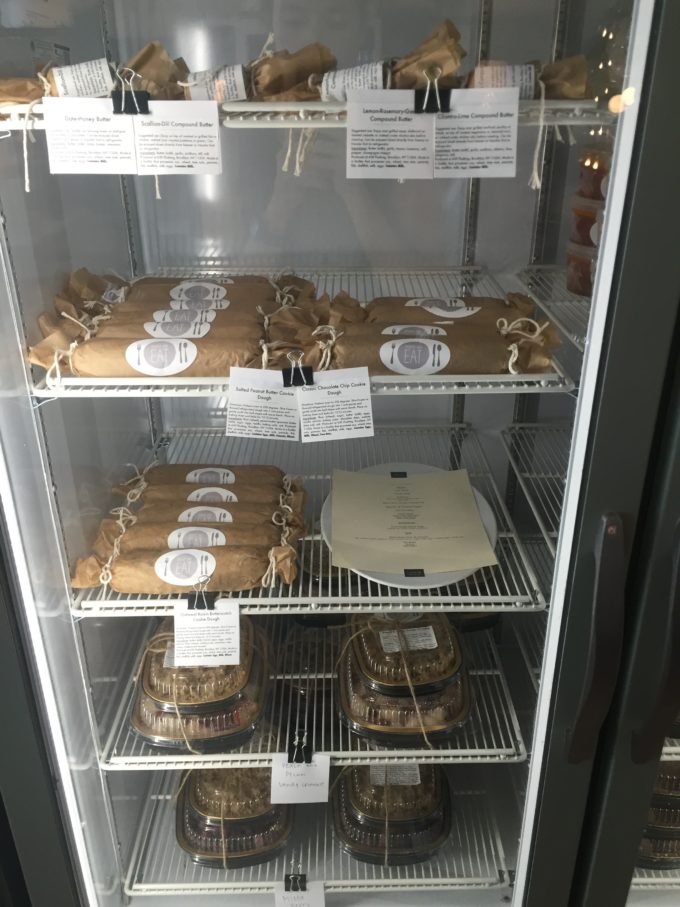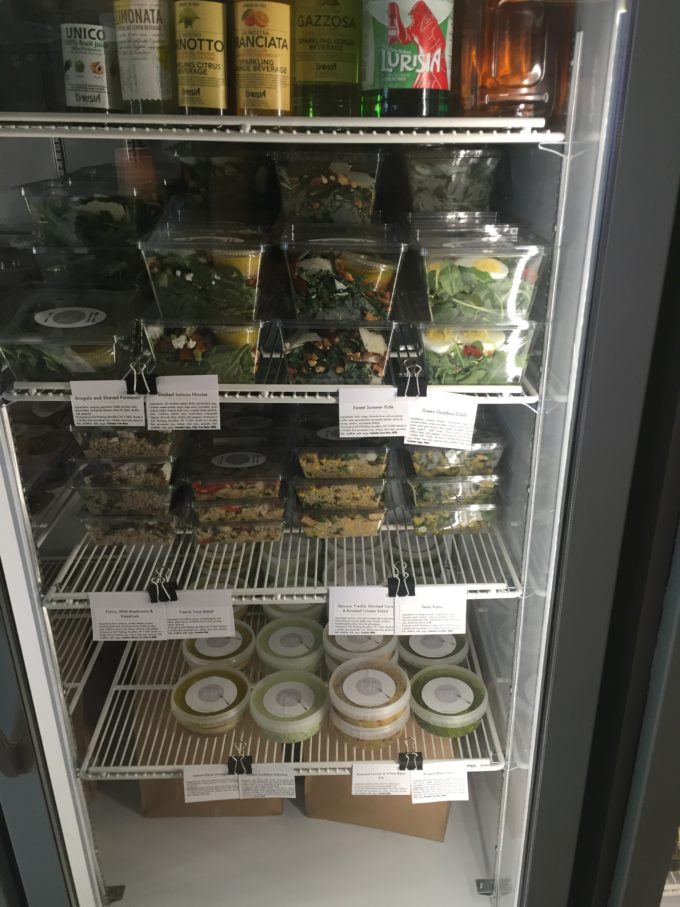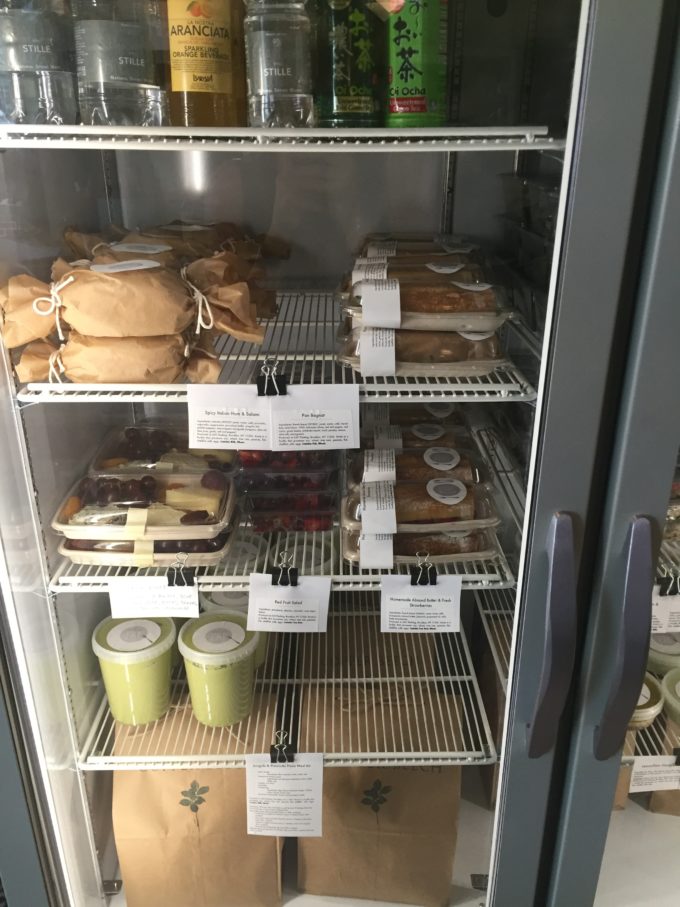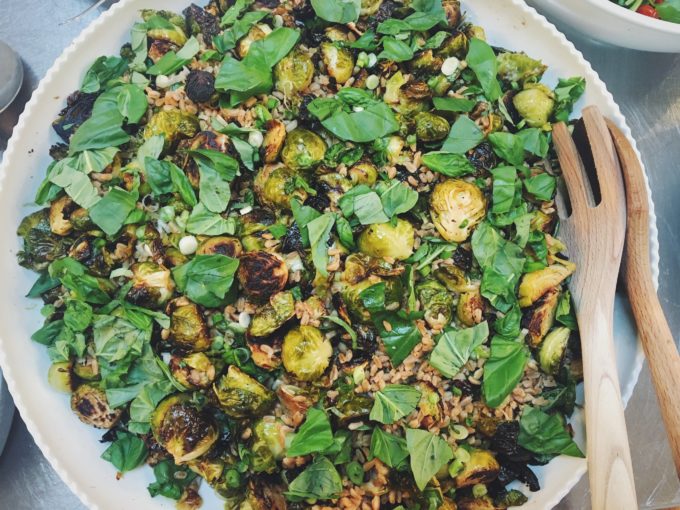 Several weeks ago, I traveled home to Minneapolis for the Thanksgiving holiday. It was my first visit in a while so much of my time was spent catching up with old friends, most of whom I haven’t seen since I left for college. My pivot from college where I was a food studies and business major, to culinary school, and now to my work as a private chef and entrepreneur prompted lots of questions. Food is so fun to talk about so I was prepared for the onslaught. What did surprise me? After hearing about my experience, multiple of my friends had the same random follow-up question: “So how do you cook Brussels sprouts?”
Several weeks ago, I traveled home to Minneapolis for the Thanksgiving holiday. It was my first visit in a while so much of my time was spent catching up with old friends, most of whom I haven’t seen since I left for college. My pivot from college where I was a food studies and business major, to culinary school, and now to my work as a private chef and entrepreneur prompted lots of questions. Food is so fun to talk about so I was prepared for the onslaught. What did surprise me? After hearing about my experience, multiple of my friends had the same random follow-up question: “So how do you cook Brussels sprouts?”
It seemed like everyone had a plan to include the vegetable on their holiday table but no clue how to cook them like [insert restaurant name here] where they ate last week/month/year. Even my most vegetable-averse friend from college who swore that Brussel sprouts smelled and tasted like garbage was on the bandwagon. After a few probing questions on my part, I realized where many people go wrong. Given the fact that our next set of holidays are about to be upon us, I thought it might be important to share the following revelations.
The key to cooking Brussels sprouts well (if cooking at all–shredded Brussels make a great salad base:)) is to a) caramelize those babies as well as possible and b) give them a flavor boost. For the former, the easiest way to achieve a golden-brown crust is a hot oven, an uncrowded sheet pan and a proper amount of olive oil. For the latter, it all depends on how you like them: sweet, spicy and/or decadently rich. Let me show you how to act accordingly. Below, I’ve laid out three simple preparations in layman’s terms. Begin each recipe by preheating an oven to 425 degrees, cutting off the nubs on each sprout and then slicing them in half.
For Basic/Spicy
- Lay Brussels sprouts evenly spread on a sheet tray. Season with salt, pepper, garlic powder and red pepper flakes to taste. Coat with a glug of oil and toss to combine. They should be shiny all over but not swimming in oil.
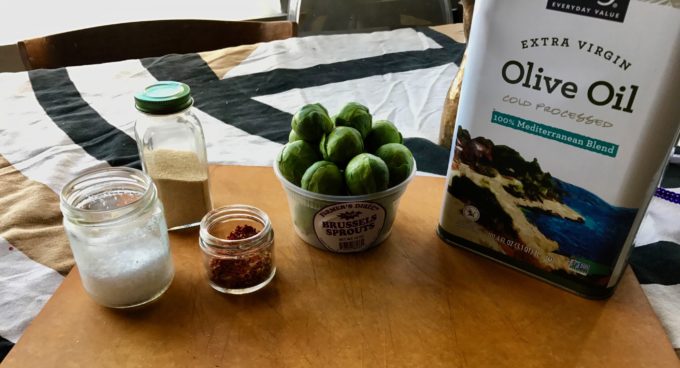
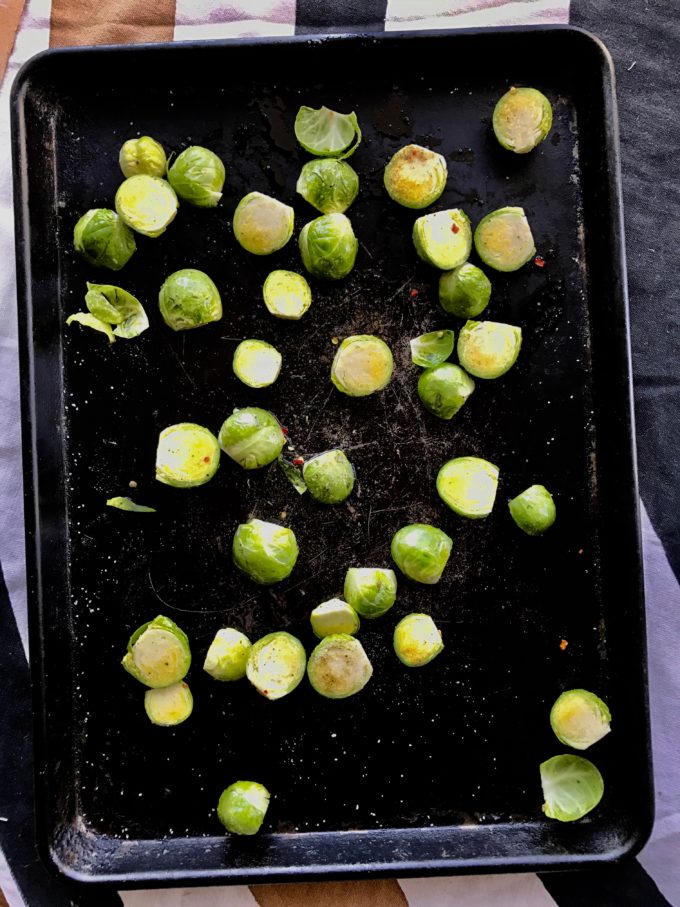
- Roast the Brussels sprouts in the oven for 25-30 minutes, flipping halfway throughout to ensure even cooking. They should be golden brown and crusty all over. Try one!
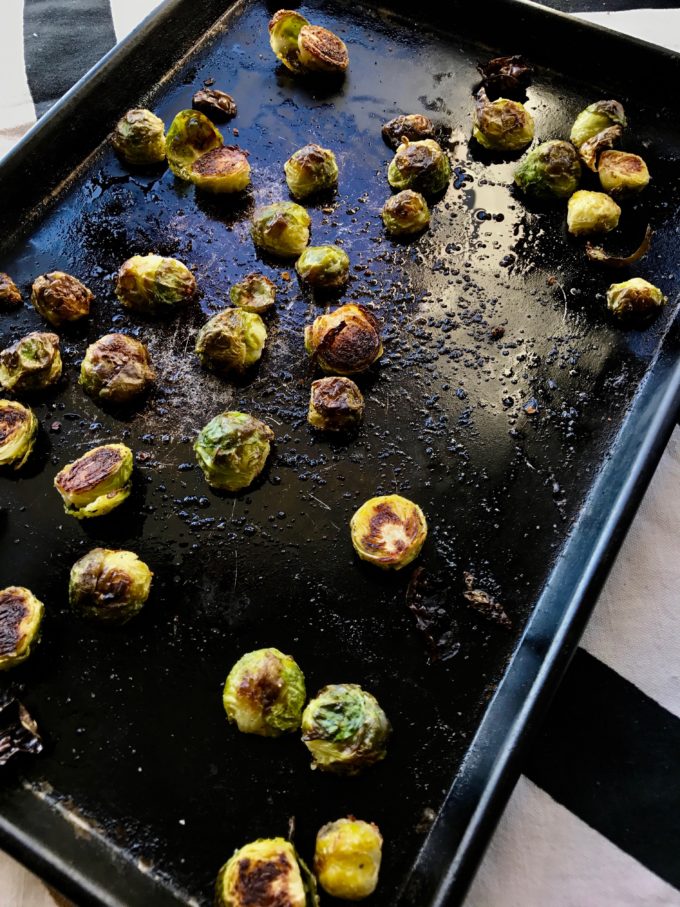
- If you want to bump up the heat factor even more, toss them with a little fresh lime juice and sriracha or fermented chili paste to taste (start with less, taste and add more if you like). You could finish these with a little fresh cilantro too. Want them spicy sweet? Toss them with any of the above and honey.
For Sweet
- Follow steps 1. and 2. above for basic roasted Brussels sprouts. Once the sprouts are almost finished cooking, remove the sheet tray from the oven and drizzle over some honey or agave nectar. Toss to evenly coat and return to the oven for 3-5 more minutes. This will glaze them and allow the sprouts to caramelize even more while adding a hint of sweetness. Keep a close watch because you don’t want them to burn.
- Bump up the sweetness factor even more by topping the finished roasted sprouts with fresh pomegranate arils, sliced dates and/or fresh mint and sliced scallions. A little lemon zest and juice would be welcome here too.
For Decadent Brussels Sprouts with Bacon Lardon
- Slice thick lardons into half inch strips and fry on the stovetop until crisp. Drain lardons on paper towels, reserving the fat left in the frying pan. Use some of the bacon fat in lieu of oil to toss with the raw Brussels sprouts before roasting. Otherwise follow steps 1. and 2. above for basic roasted Brussels sprouts.
- Once finished roasting, toss the sprouts with the bacon to combine. To make them even more insane, top them with homemade bread crumbs toasted in a pan with olive oil, sliced garlic and salt. Oh, and maybe a little shaved parmesan or pecorino to finish. Sky’s the limit!
With love and happy holidays! xo Kristina
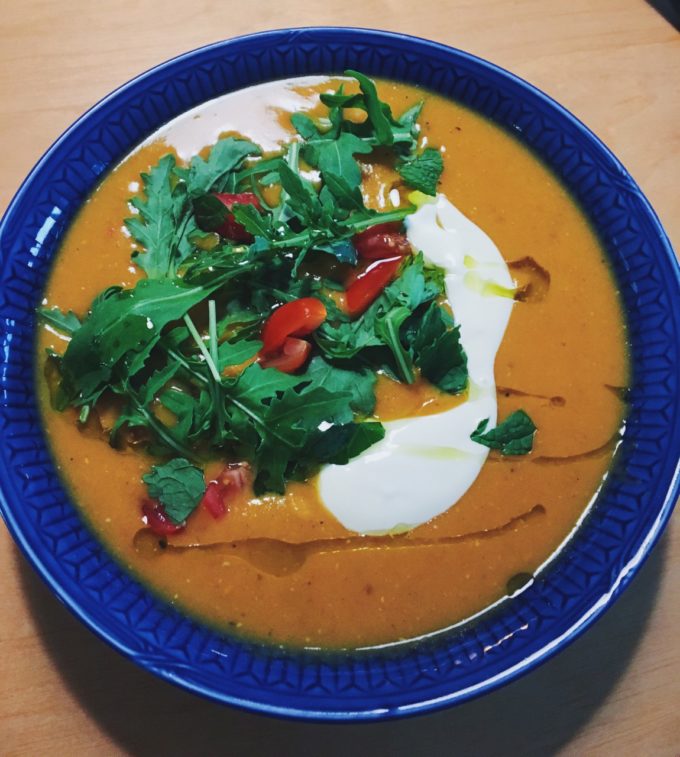
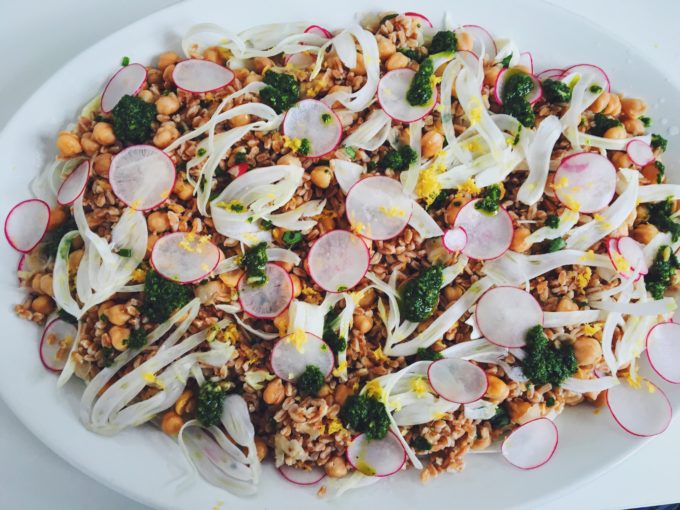

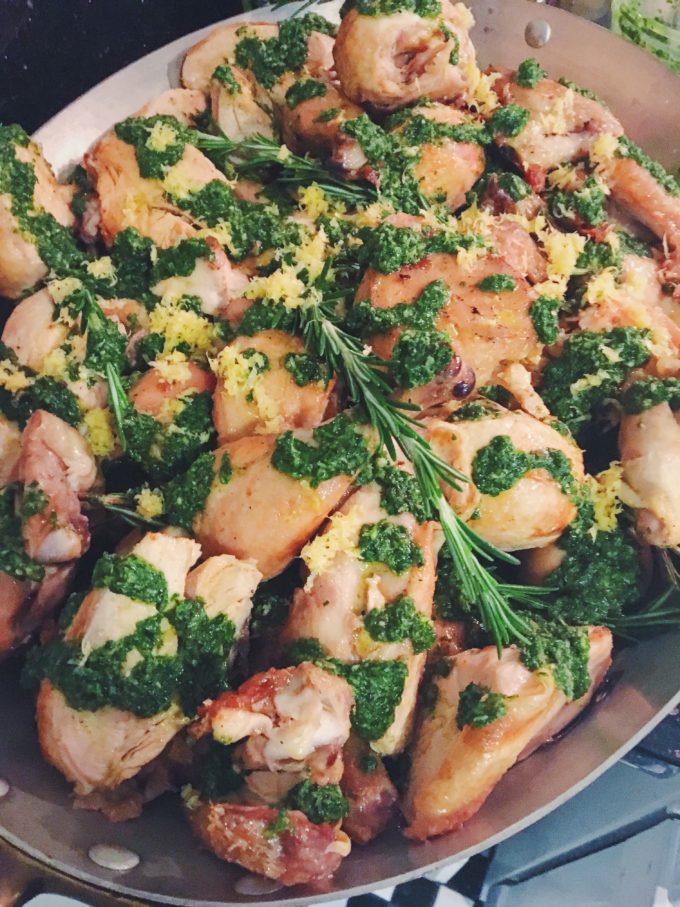
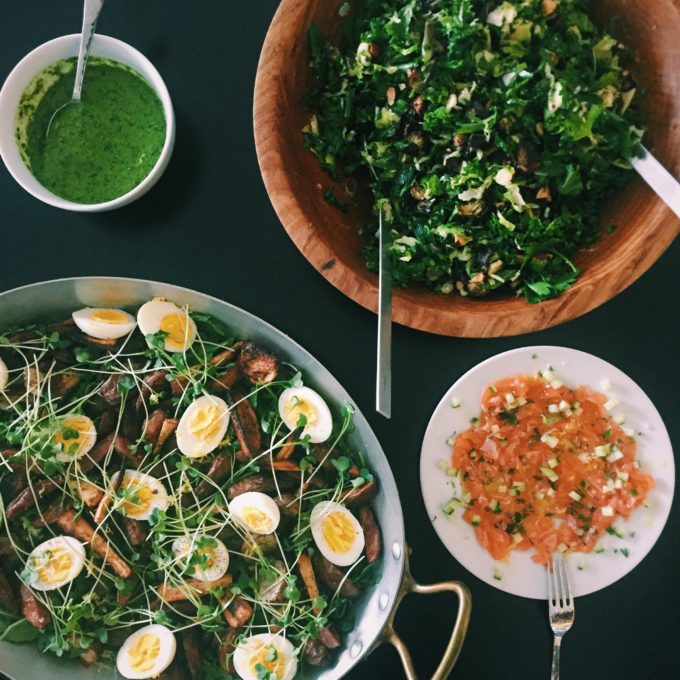
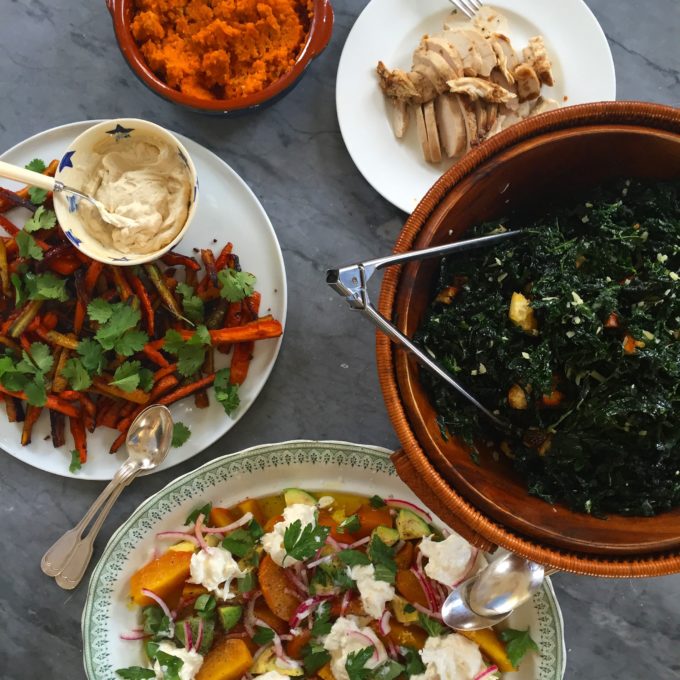
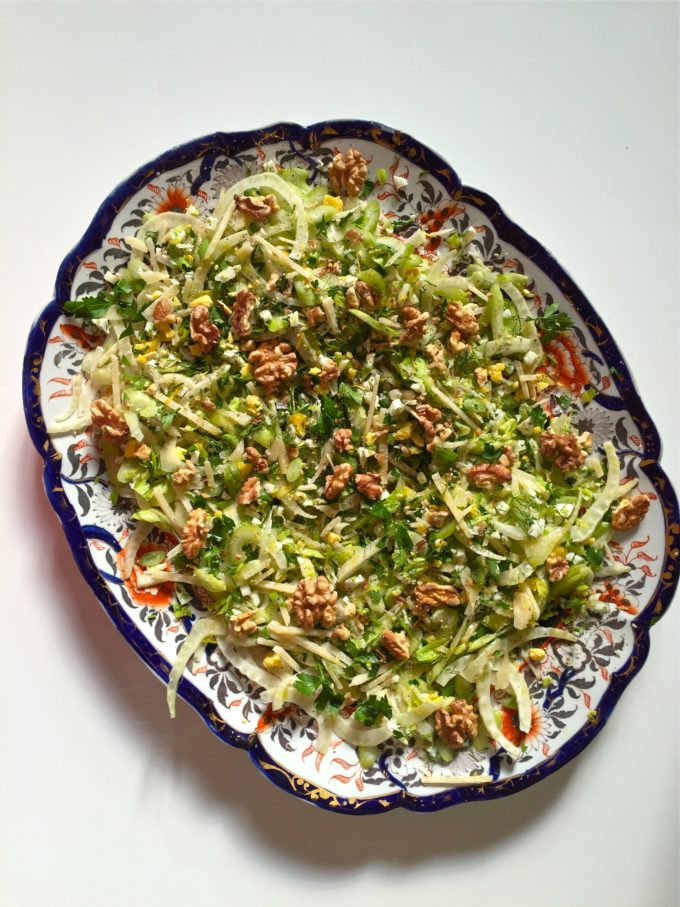 SHAVED CELERY SALAD
SHAVED CELERY SALAD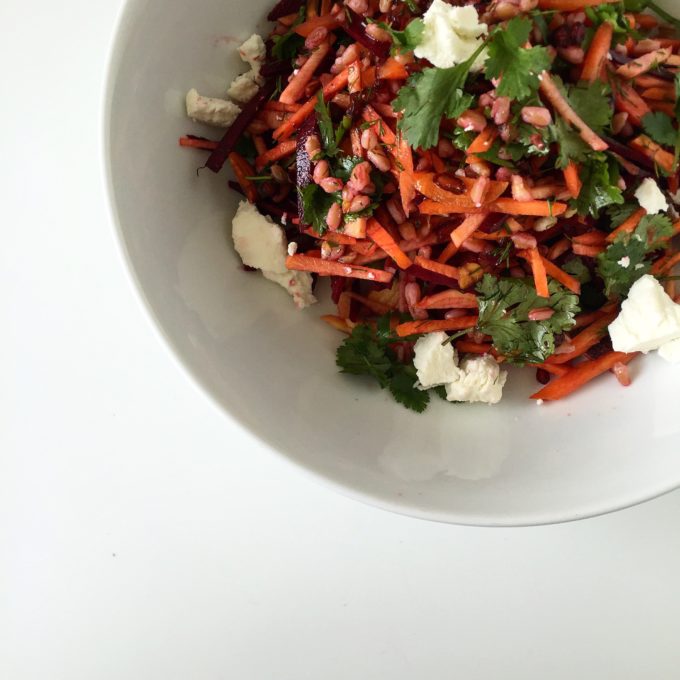
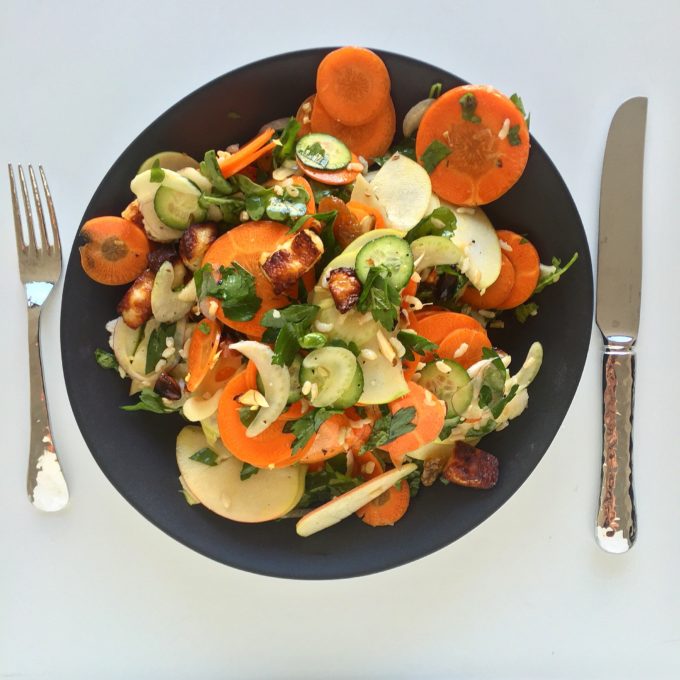 SHAVED CARROT SALAD
SHAVED CARROT SALAD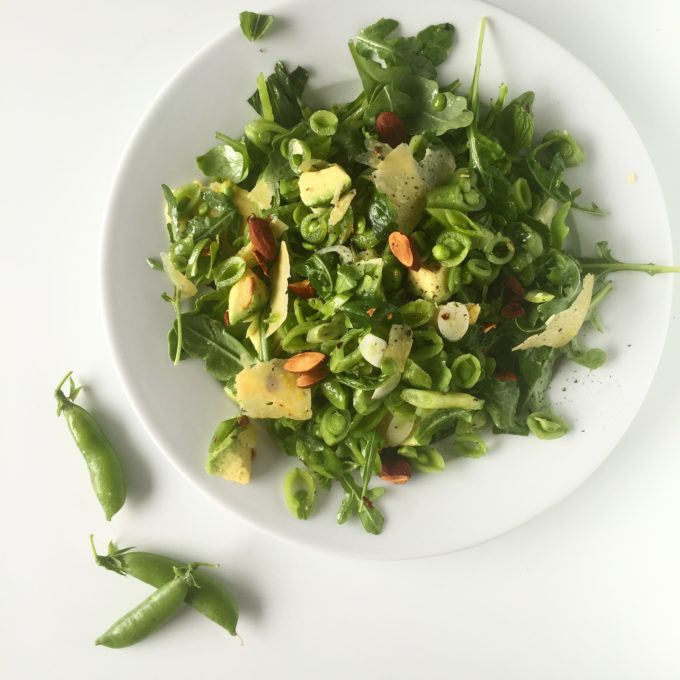
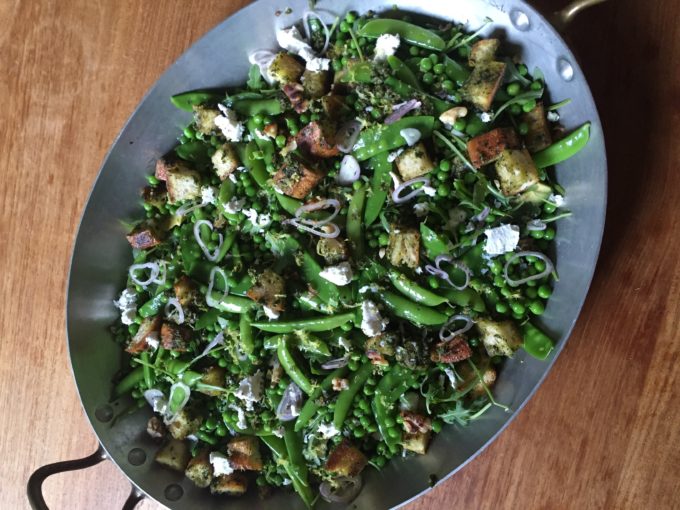 GREEN BEAN AND PEA SALAD
GREEN BEAN AND PEA SALAD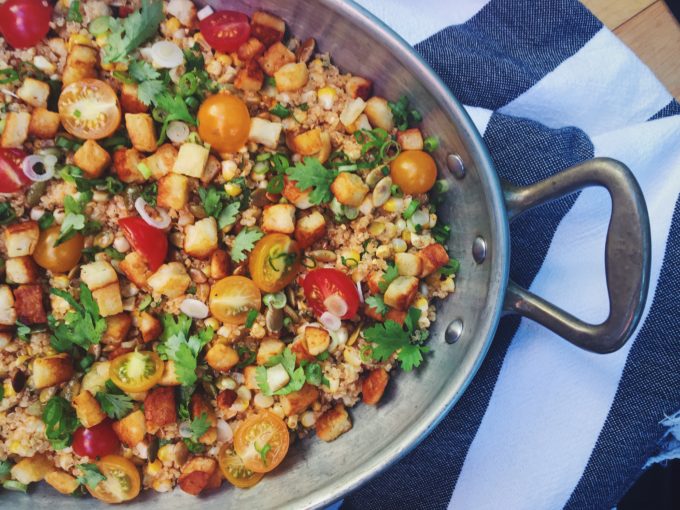 CORN ANY WHICH WAY SALAD
CORN ANY WHICH WAY SALAD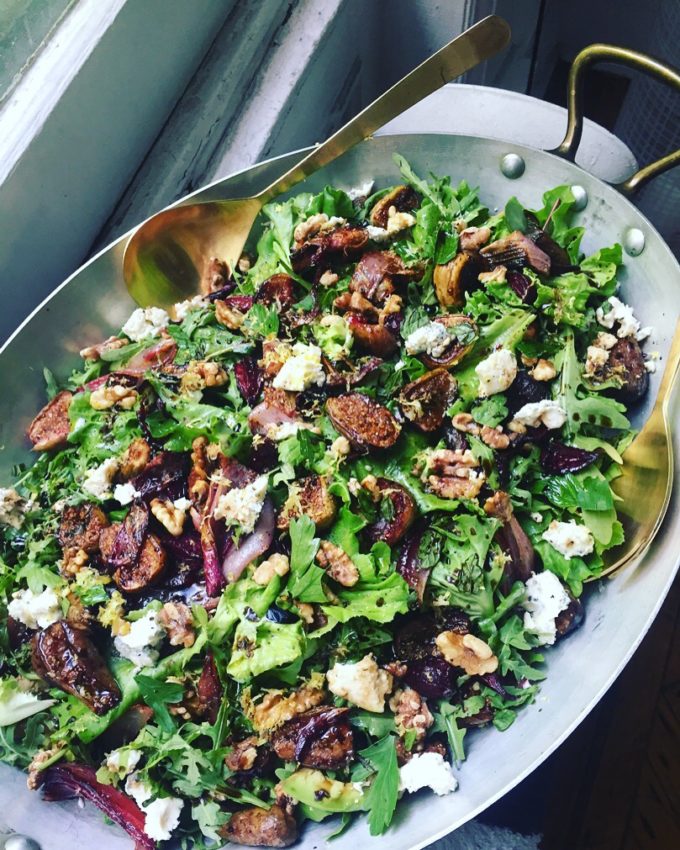 DARK FRUIT AND GREENS
DARK FRUIT AND GREENS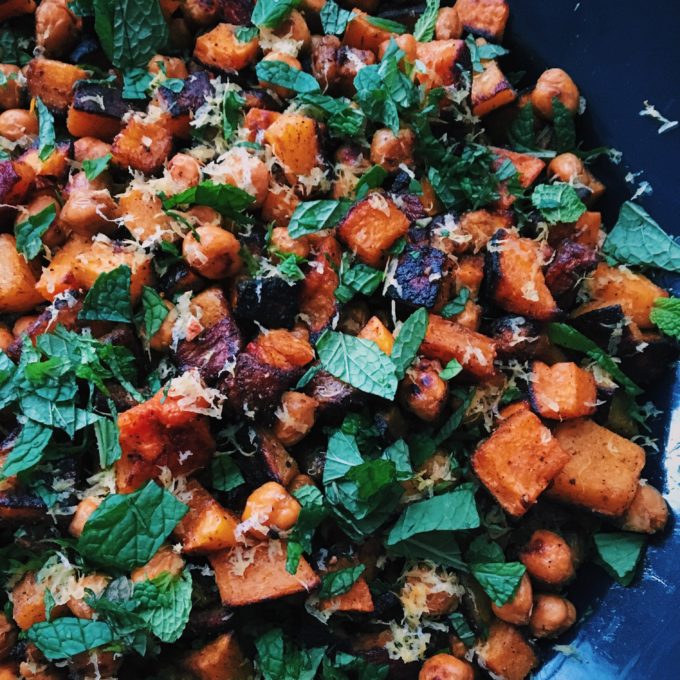 ROASTED WINTER SQUASH SALAD
ROASTED WINTER SQUASH SALAD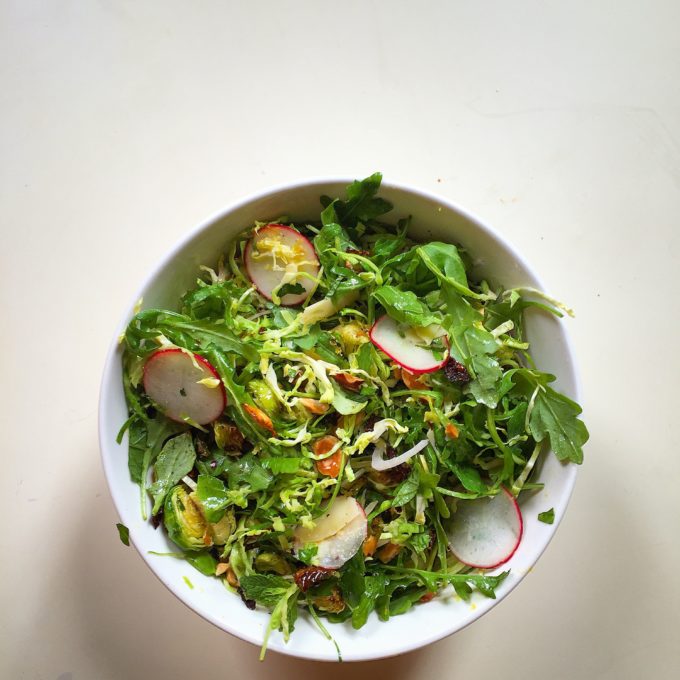 BRUSSELS SPROUT SALAD
BRUSSELS SPROUT SALAD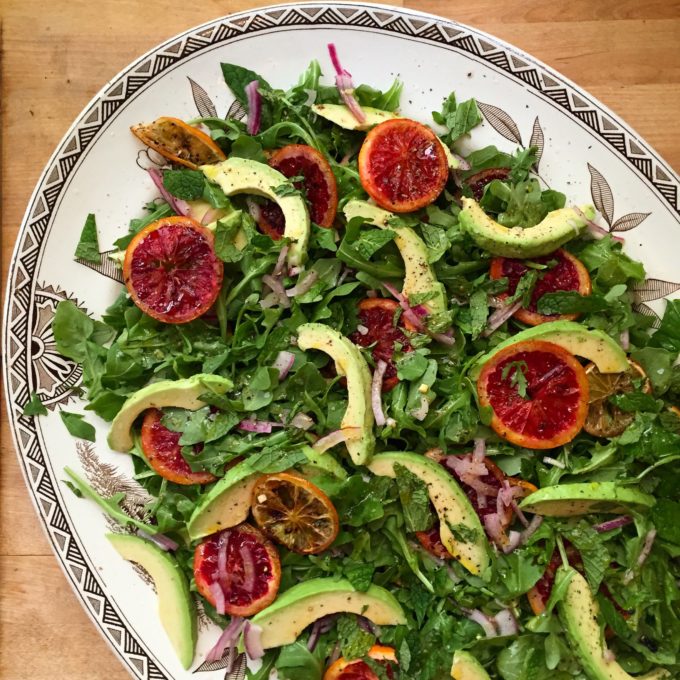 CITRUS SALAD
CITRUS SALAD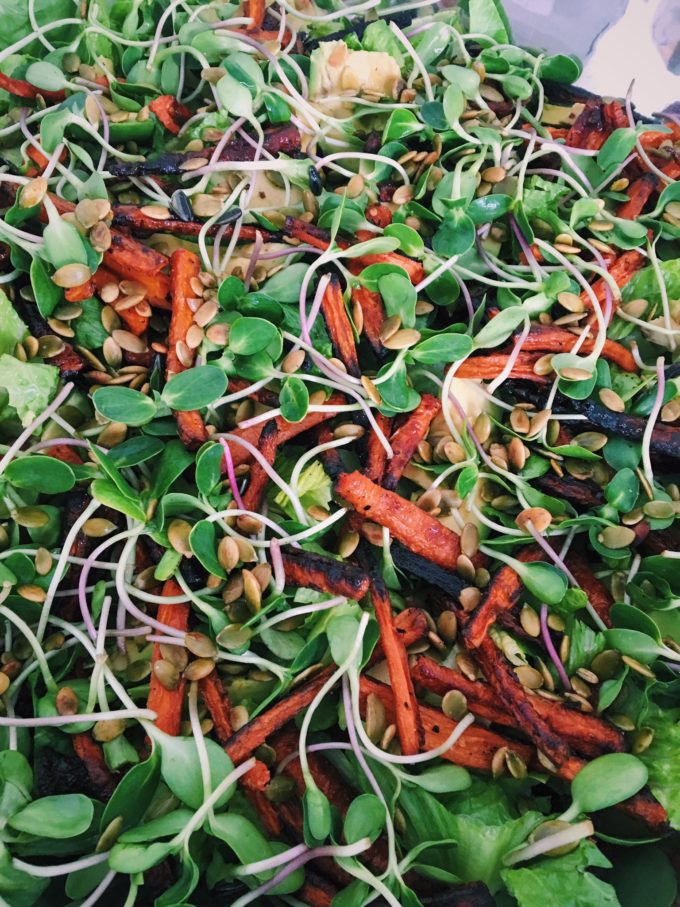 ROASTED CARROT AND AVOCADO SALAD
ROASTED CARROT AND AVOCADO SALAD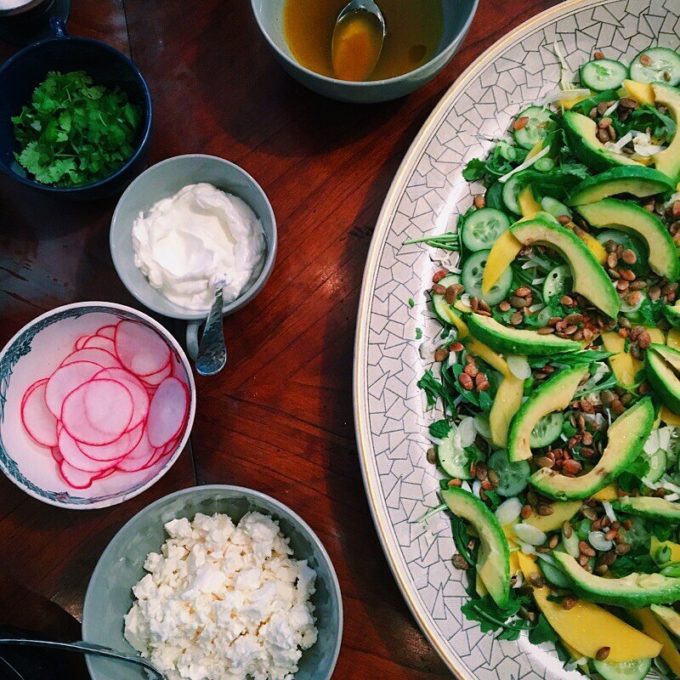 CUCUMBER AND AVOCADO
CUCUMBER AND AVOCADO


